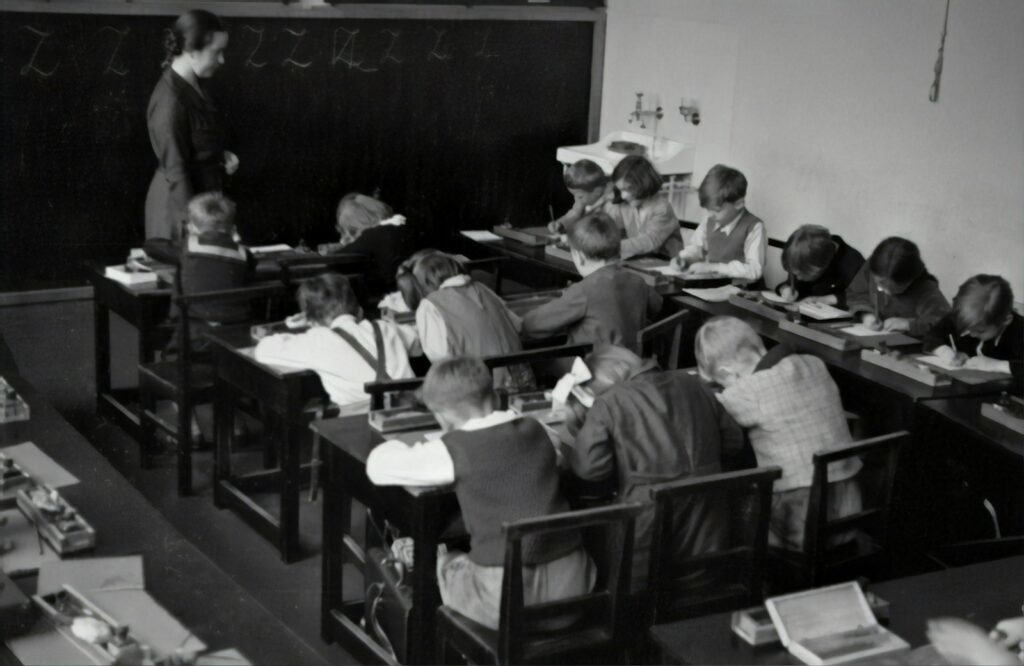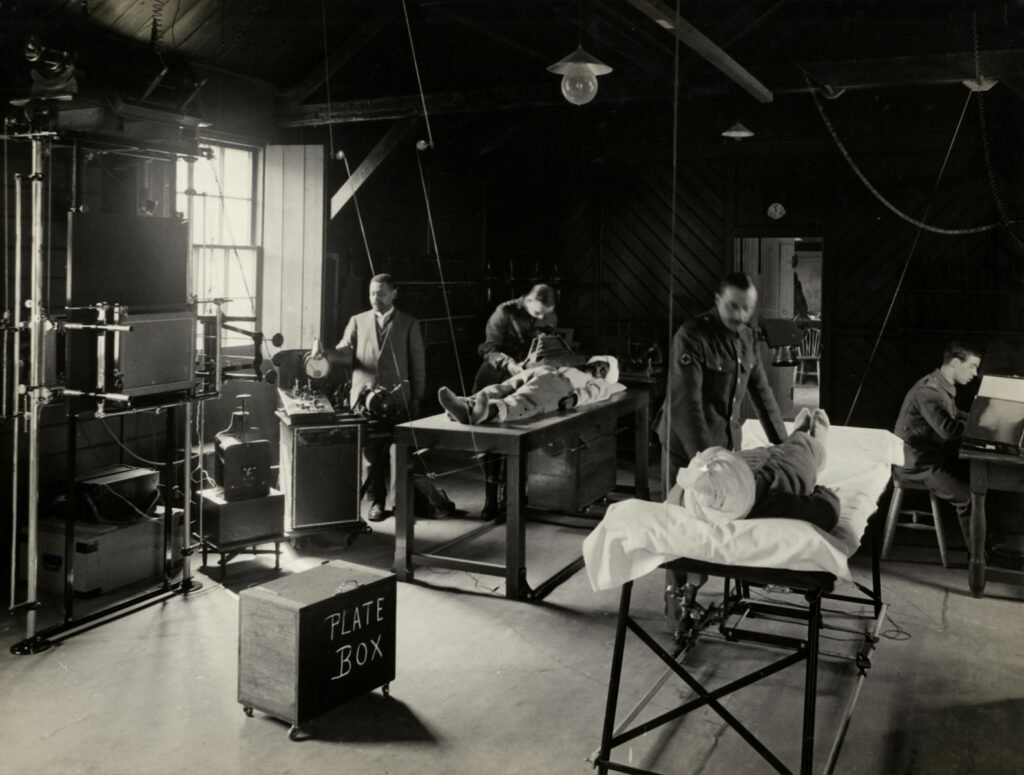
Key Figures in Education
In the realm of education, there exist enigmatic figures whose influence on learning spans generations. Consider Horace Mann, often revered as the “Father of American Education.” Mann’s unwavering commitment to universal public education reverberates through the ages. His assertion that “education, then, beyond all other devices of human origin, is the great equalizer of the conditions of men,” stands as a cryptic testament to the profound impact of learning.
Another luminary in this domain is Maria Montessori, an Italian physician renowned for her groundbreaking pedagogical approaches. Montessori once articulated, “The greatest sign of success for a teacher… is to be able to say, ‘The children are now working as if I did not exist.'” Her emphasis on nurturing independence and self-directed learning has left an inexplicable imprint on educational methodologies globally. These visionaries prompt us to ponder upon how the pursuit of knowledge transcends temporal boundaries and continues to reshape societal structures with unfathomable intensity.
Advancements in Teaching Methods
Have you ever paused to consider the perplexing ways in which teaching methodologies have morphed over the course of history? Let us embark on a journey back to the 18th century, an era bursting with groundbreaking innovations in education. As a fervent devotee of US history, I am entranced by the ingenious tactics educators employed to captivate their pupils.
In the wise words of Benjamin Franklin, “Tell me and I forget, teach me and I may remember, involve me and I learn.” This aphorism perfectly captures the shift towards more interactive pedagogical approaches that surfaced during this epoch. Educators began to grasp the significance of actively engaging students in their own learning process, steering away from mere memorization towards a more dynamic and immersive educational journey. Envision students eagerly partaking in hands-on activities, engrossed in spirited debates, and collaborating on projects – the classroom truly blossomed into a nexus of intellectual exploration.
As I delve deeper into historical archives, I am spellbound by the ingenuity and ingenuity exhibited by pioneers of these innovative teaching methods. Drawing inspiration from luminaries like Thomas Jefferson who famously declared, “I cannot live without books,” teachers commenced integrating myriad educational resources ranging from textbooks to maps to scientific apparatuses into their teachings. The classroom metamorphosed into a vibrant tableau of erudition with educators assuming roles as guides facilitating exploration and enlightenment.
Impact of Industrial Revolution on Education
Imagine a time when the very essence of change permeated the air in the 18th century United States, as the Industrial Revolution began to take hold. Factories buzzing with activity and cities pulsating with newfound vigor set the stage for a profound impact on education.
Amidst this whirlwind of transformation, education stood at a perplexing crossroads. The Industrial Revolution not only called for a workforce well-versed in machinery and trade but also underscored the necessity for a more organized approach to learning. Benjamin Franklin’s wise words, “An investment in knowledge pays the best interest,” reverberated through the era as educators and policymakers grappled with preparing youth for an uncertain future. Practical skills and foundational knowledge in reading and arithmetic emerged as imperative, sparking innovations in teaching techniques and educational curriculum.
Role of Women in Education
In the 18th century in the United States, a perplexing shift began to take place in the role of women in education. No longer confined to domestic duties, women suddenly burst onto the scene of learning. One figure that stands out amidst this tumultuous time is Abigail Adams, whose words still echo with enigmatic power: “Learning is not a mere chance encounter; it must be fervently pursued and diligently nurtured.” Adams embodied the mysterious aura surrounding the idea that education was not just for men but a fundamental right and necessity for women as well.
Another enigmatic woman who emerged during this era was Mercy Otis Warren, a historian and playwright who believed in the cryptic notion that knowledge equated to power. She cryptically declared, “The advancement and dissemination of knowledge are the only protectors of genuine freedom.” Her dedication to education created an atmosphere bursting with potential for future generations of women seeking intellectual growth. These extraordinary women and their inscrutable commitment to education stand as a testament to the enigmatic influence of female participation in shaping educational discourse during 18th century United States.
Challenges Faced by Educators
Educators in the 18th century found themselves amidst a whirlwind of obstacles as they endeavored to impart knowledge and insight to their students. The absence of a standardized curriculum presented a formidable challenge, leaving teachers perplexed about how to ensure that each student received a comprehensive education. As historian David McCullough aptly remarked, “History is who we are and why we are the way we are.” In the midst of this uncertainty, educators were left grappling with a barrage of diverse resources and materials in their quest to educate effectively.
Moreover, the scarcity of educational resources posed another daunting hurdle for educators. With libraries few and far between and educational materials often exorbitantly priced, teachers had no choice but to rely on their own ingenuity and resourcefulness in providing a well-rounded education. In the words of Benjamin Franklin, “An investment in knowledge always pays the best interest.” Educators had to devise innovative methods to supplement their teaching, whether through hands-on experiences or collaborations within the community. Despite these challenges, these devoted educators persisted, molding the minds of future generations with unwavering determination and fervor.
Literacy Rates in 18th Century
In the perplexing landscape of 18th-century America, a puzzling patchwork of educational opportunities unfolded. Literacy rates fluctuated wildly across different regions, with New England shining brightly thanks to its Puritan dedication to education, while the South languished in darkness. Planters prioritized their own children’s schooling, leaving their enslaved population in the shadows of ignorance.
The enigmatic question arises: why such disparities in literacy rates? Benjamin Franklin’s wise words echo through time, reminding us that knowledge is the most valuable investment. The unequal access to education in the 18th century continues to reverberate through social classes and generations, shaping opportunities for all time. The enduring struggles of those denied basic literacy skills have etched a profound scar on the tapestry of American society.
Education for the Working Class
The 18th century was a perplexing time of great upheaval in the realm of education, especially for the overlooked working class individuals. Access to knowledge was scarce and challenges were abundant for those seeking to expand their minds. Yet amidst this burstiness of obstacles, there emerged instances of resilience and determination that illuminated the darkness.
One figure who stood out during this tumultuous era was Benjamin Franklin, who famously proclaimed, “An investment in knowledge always pays the best interest.” This sentiment remains relevant today, but back in the 18th century, education was a rare commodity. The working class had to navigate through a maze of limited resources and opportunities in order to educate themselves and improve their circumstances. Self-education and apprenticeships were common avenues for acquiring knowledge and skills for those without formal schooling. The pursuit of education by the working class exemplified their unwavering resolve and insatiable thirst for knowledge, despite facing seemingly insurmountable challenges.
Evolution of School Systems
In the 18th century, school systems in the United States were a kaleidoscope of diversity, resembling a painter’s palette filled with vibrant colors. From quaint one-room schoolhouses nestled in rural areas to more structured institutions sprouting up in bustling cities, education was a tapestry woven with an array of ideas and methodologies. As Thomas Jefferson eloquently put it, “Education is the most potent weapon one can wield to transform the world.” Schools of that era were dynamic entities constantly evolving and responding to the unique needs of their surrounding communities. It was an age marked by bold experimentation and groundbreaking innovations where teachers served as architects sculpting young minds with precision and devotion.
During this epoch, educational systems went beyond mere academics; they aimed at cultivating values and molding responsible citizens. In alignment with Benjamin Franklin’s wise words, “Tell me and I forget, teach me and I may remember, involve me and I learn,” schools became hubs for holistic development where students were actively engaged in their learning journey. They transcended being mere centers of knowledge dissemination; rather they stood as pillars uniting communities while nurturing a sense of belonging among its members. Each educational institution possessed its own distinct essence mirroring the prevailing ethos of society. The metamorphosis witnessed within school systems throughout the 18th century underscored America’s unwavering spirit for resilience and ingenuity, laying down the bedrock for today’s educational panorama.


